Becoming a CFI: The Career Move That Teaches You Everything
“The best way to master a subject is to teach it.”
Before you even start your commercial training, here’s a little tip that could change your trajectory:
Ask your school if they hire their own CFIs.
That one conversation could save you 60 hours of blind hour-building. Because here’s the kicker —many schools have insurance minimums for their instructors. That means they might legally require 250 hours TT (Total Time), even if you’re holding a fresh commercial certificate from a Part 141 school with only 190 hours in your logbook.
Ouch.
So if you’re thinking you’ll knock out your commercial and slide right into a teaching gig, press pause.
Timing Is Everything
The smart move? Start the CFI conversation early. If your school knows you’re serious—if you’ve proven you’re competent, teachable, professional—they may help you bridge the gap.
They might give you low-cost or even free time in the right seat as a safety pilot. Or pair you with students needing a hand. Or let you ride along on ferry flights. But only if they believe in you. Only if you’ve earned it.
So be useful. Be kind. Be sharp. Because flight training isn’t just a meritocracy—it’s a team sport. The people who get opportunities are the ones others want in the cockpit.
Why Most Pilots Become CFIs
The truth? Most professional pilots start here.
Instructing is the cleanest, clearest, and most consistent way to:
• Build hours quickly
• Get paid to fly
• Stay in one location
• Sharpen your skills
• Become really good at what you do
It may not feel glamorous at first. You’re not flying jets or sipping Starbucks at FL380. But you are learning at warp speed—because nothing refines your skills faster than being responsible for someone else’s mistakes.
The Best Way to Do Your Instructor Ratings
The ideal path? Bundle them.
Knock out your:
• CFI (Certified Flight Instructor)
• CFII (Instrument Instructor)
• MEI (Multi-Engine Instructor)
Do them together, while the content is still fresh. You’ll save money, time, and mental bandwidth.
Already planning to do your multi-engine rating? Good. Once you finish, immediately roll into your MEI training. The transition is smoother, and you’ll already be familiar with the aircraft systems and performance. The MEI checkride is just another commercial ride from the right seat —plus a few added fundamentals.
The Trifecta: Why You Want All Three
When a flight school is hiring instructors, who do you think they prefer?
• A CFI with limited experience in one category?
• Or a fully rated instructor who can handle Private, Instrument, and Multi students from day one?
Answer’s obvious.
Having all three ratings not only makes you marketable—it gives you credibility. And when it comes time to move on to:
• Airlines
• Charter
• Corporate
• Check Airman roles
• Training departments
…actual instructor experience matters. Big time.
Employers don’t just want logbook hours—they want to know you can communicate, teach, think on your feet, and handle pressure. Flight instruction proves all of that.
The Case for Skipping CFI (and Why You Probably Shouldn’t)
Some students skip instructing altogether and go straight into:
• Pipeline patrol
• Wildlife survey
• Aerial mapping
• Skydiving ops
• Ferry work
And these jobs are valid. Sometimes even exciting. But they’re often:
• Seasonal
• Unpredictable
• Low-paying
• In remote locations
And they don’t teach you the same depth of knowledge, professionalism, or communication skill that flight instructing does.
The bottom line? Doing your CFI/CFII/MEI is work now, but leverage later. It opens doors everywhere and refines the way you think and speak about aviation.
Long-Term Strategy
If your goal is the airlines—or any high-level operation—being able to speak clearly and confidently about flying is essential.
When you get to that interview panel and they ask you to explain a complex system or walk through a failed instrument approach, your experience as an instructor will shine through.
You’ll sound like a leader. Because that’s what good instructors are.
And let’s be honest—you don’t get to the regionals (or anywhere else) without a If your goal is the airlines—or any high-level operation—being able to speak clearly and
confidently about flying is essential.
When you get to that interview panel and they ask you to explain a complex system or walk
through a failed instrument approach, your experience as an instructor will shine through.
You’ll sound like a leader. Because that’s what good instructors are.
And let’s be honest—you don’t get to the regionals (or anywhere else) without a multi-engine
rating. Even if you plan to be the best PC-12 or Pilatus pilot in the country, the day may come
when you want more. Don’t box yourself in.. Even if you plan to be the best PC-12 or Pilatus pilot in the country, the day may come when you want more. Don’t box yourself in.
One Last Note: Don’t Over-Glamorize Fancy Twin Trainers
Thinking of doing your multi-engine in a Twin Star with the beautiful glass cockpit?
Think again, young grasshopper.
We’ll unpack that in the next chapter. Spoiler alert: your future employers don’t care about pretty avionics. They care about how well you fly—and what kind of pilot you are.
Up Next:
The Truth About Multi-Engine Training—How to Pick the Right Aircraft, What to Expect, and Why Fancy Glass Might Not Help You in the Real World.

